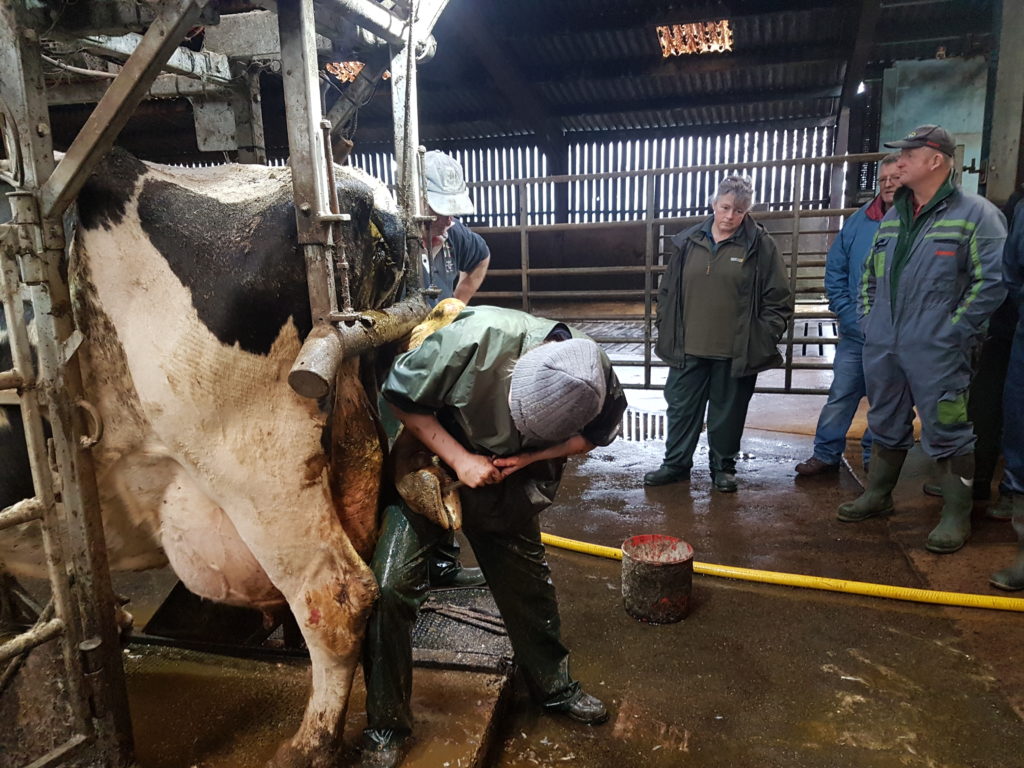Reducing Lameness in Cattle & Sheep on Arran – Event Summary
21 November 2017 Follow the 5 step method whenever trimming cattle’s feet. This will allow the weight to be transferred onto the correct part of the hoof, allowing the sensitive areas to heal.
Follow the 5 step method whenever trimming cattle’s feet. This will allow the weight to be transferred onto the correct part of the hoof, allowing the sensitive areas to heal.
Early intervention is key with both cattle and sheep. Leaving a problem will only make it worse, and can cause the opposite foot to become lame as they move their weight onto it instead.
Wet environments help diseases to spread. Keep cows’ feet as dry as possible by minimising slurry pooling. With sheep make sure handling areas have dry floors. Large numbers of sheep with a wet flooring can be an excellent way for diseases to spread. Any lame animals should be handled last to minimise the spread.
Sheep with footrot or scald should not be trimmed. Instead, antibiotics and a spray are suffice.
Vaccination is an important tool in minimising footrot cases. This should be done after clipping, as some sheep can have lumps appearing at the injection site.
Any purchased sheep should be quarantined for at least 8 weeks to stop spread of any diseases to the flock.
The main cause of white line disease in housed cattle is turning sharp corners. If this is an issue the shed should be assessed for cow flow to reduce turning by the cattle.
- Sheep Lameness Presentation, Arran
- Marion McMillan's presentation highlighting the problems caused by lameness and how we can reduce it.
- Five Point Plan for Tackling Lameness in Sheep
Sign up to the FAS newsletter
Receive updates on news, events and publications from Scotland’s Farm Advisory Service

